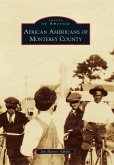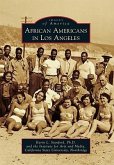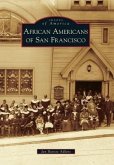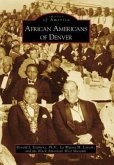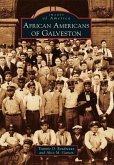Amarillo became a town in 1887 when merchants opened stores to cater to railroad workers. The first African Americans in the area were Jerry Callaway, who came to the area in 1888 with a white family, and Mathew "Bones" Hooks, a highly respected cowboy who moved to Amarillo in 1900 and later worked for the railroad. By 1908, five African American families had moved to Amarillo. The black community grew and people established churches, businesses, and schools. With the 1950s and 1960s, Amarillo citizens participated in ending segregation and bringing about equality. Today African Americans in Amarillo are still bound together by their churches but have access to many opportunities both locally and nationally. They are justifiably proud of their rich heritage.
Hinweis: Dieser Artikel kann nur an eine deutsche Lieferadresse ausgeliefert werden.
Hinweis: Dieser Artikel kann nur an eine deutsche Lieferadresse ausgeliefert werden.



